
Understanding Humidity: Helpful Science Experiments for School
It is summertime and the temperatures are rising! But why does the sun make us feel more miserable when it is humid? Well, science has proved that sunshine combined with high humidity makes us feel hotter than the actual temperature. Through this Blog, let us learn about what humidity is and explore its measurement with the help of the databot™ Sensor, as a science experiment for schools.
What is Humidity?
Humidity is generally related to the concentration of moisture in the air. There are various methods to determine humidity, but two major types are as follows: Absolute Humidity and Relative Humidity.
Defining Absolute Humidity:
Absolute Humidity can be defined as grams of water vapor (moisture) present in the volume of 1 cubic meter of air. Absolute humidity is the ability of the air to contain water vapor, and the levels of absolute humidity usually increase the more water vapor is present.
Defining Relative Humidity:
Relative Humidity is the most commonly used measurement and expresses the percentage of water vapor in the air compared to the maximum amount it can hold at a specific temperature. Warm air can hold more moisture than cool air, so the same absolute humidity will result in a higher relative humidity on a hot day than on a cold day.
Why does Humidity make us feel hot?
Ever felt too sticky and uncomfortable in hot and humid places? The basic rationale for this occurrence can be easily summed up as follows. Our bodies cool down through sweat evaporation, but humidity reduces the rate of evaporation. This is because the surrounding air is already too saturated with water vapor. Now, because of this hampering of our body’s natural cooling mechanism, we feel it’s too hot to handle the sun in hot and humid places.
The Science Behind databot™’s Humidity Sensor:
The databot™ boasts a remarkable ‘sensor’ that unveils the mysteries of humidity. This sensor utilizes the principle of capacitance, a fundamental property of electronic components. A capacitor stores electrical energy, and its capacitance changes based on the surrounding environment. databot™’s humidity sensor is a tiny capacitor with a dielectric material separating two electrodes. When water vapor from the surrounding air enters the dielectric, it changes the capacitance, allowing databot™ to calculate the relative humidity. Most science labs across schools in Dubai and the Middle East find the databot™ set to be a useful ‘teaching aid’ for hands-on learning. It’s now relatively easy to conduct science experiments for school, without having to worry about sourcing expensive components.
What is the importance of Calibration?
For accurate measurements, proper calibration is crucial. While conducting science experiments for schools use the databot™ sensor to input a known humidity value. Students can browse through online weather reports to note the current temperature reading. This aligns the sensor with the local environment, ensuring reliable data collection.
Hands-on Science Experiments for School
The databot™ learning experience extends beyond theory. A fascinating experiment demonstrates the hygroscopic nature of rock salt, and its ability to absorb moisture from the air. By placing the databot™ sensor in a sealed Ziploc bag with rock salt and introducing moist air through a straw, we observe a decrease in relative humidity over time. The rock salt absorbs water vapor, lowering the overall moisture content within the bag. This simple yet effective experiment provides a tangible connection between the scientific concept of humidity and a readily available material.
Real-World Applications of Humidity Control
Scientists have discovered that humidity control is very important in as many ways as people can think of. The application is particularly of help in the food storage or preservation processes where maintaining the right moisture level can ensure that foodstuffs have longer shelf lives. Let’s take another example; our homes need to have a proper schedule of controlling the humidity and temperature to prevent the wallpaper from wrinkling, furniture from decaying, or even paintings from fading. Humidity is still useful even in determining weather patterns and anticipating rain or appreciating atmospheric conditions.
Exploring Heat Index and Dew Point
Humidity’s influence extends beyond comfort levels. The heat index is essentially a measure of how hot it feels due to humidity. High humidity levels impede sweat evaporation, making us feel hotter than the actual temperature. Another critical concept is the dew point, the temperature at which water vapor condenses into visible water droplets. Understanding dew point helps predict fog formation and potential precipitation events.
Discover more with databot™
databot™ is not just merely a sensor; it’s a gateway to exploration in conducting science experiments for school. By enabling users to collect real-time data and conduct experiments, databot™ fosters a deeper understanding of the world around us. From the impact of humidity on comfort to its role in various industries, databot™ empowers users to become scientists, actively engaging with the wonders that surround us.
The Future of Exploration with databot™
It is clear that databot™ has an almost limitless capability for constant development. Further down the line, with growth and accumulating user feedback, it is possible to add sensors that account for environmental features, such as PM (particulate matter) 1, 2.5 & 10, pH (acidity), and Ozone levels. It carries immense potential, ranging from measuring air quality to studying environmental transformations.
Join the databot™ Community!
We invite you to embark on this scientific adventure with databot™. Share your discoveries, questions, and creative applications using databot™ sets. Together, let’s unlock the secrets of our environment and embrace the power of scientific exploration!



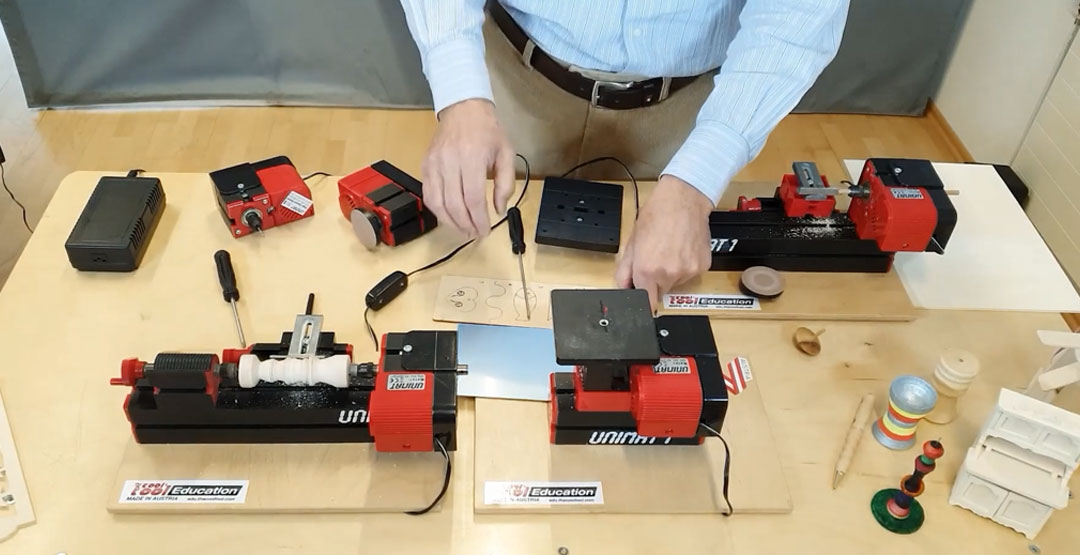
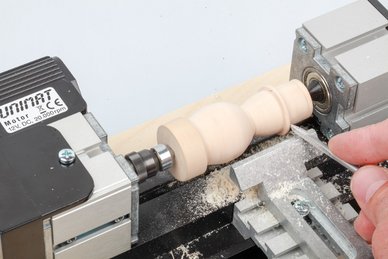
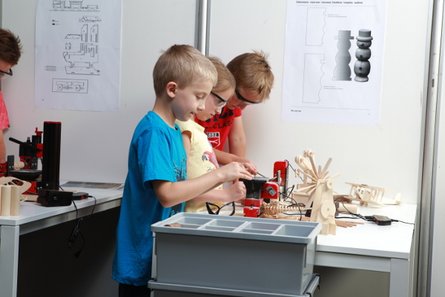
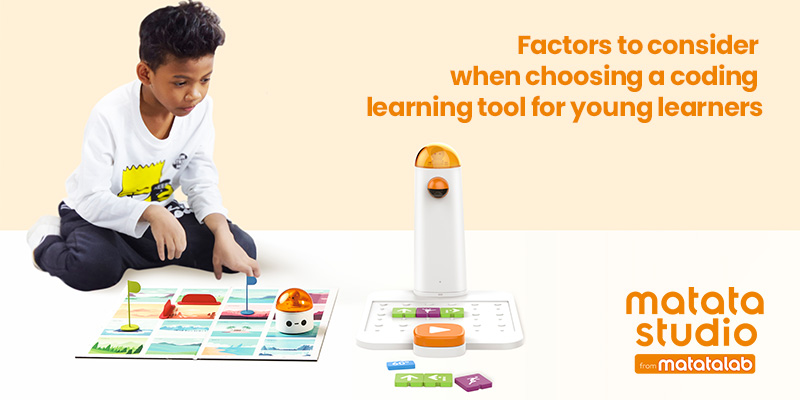
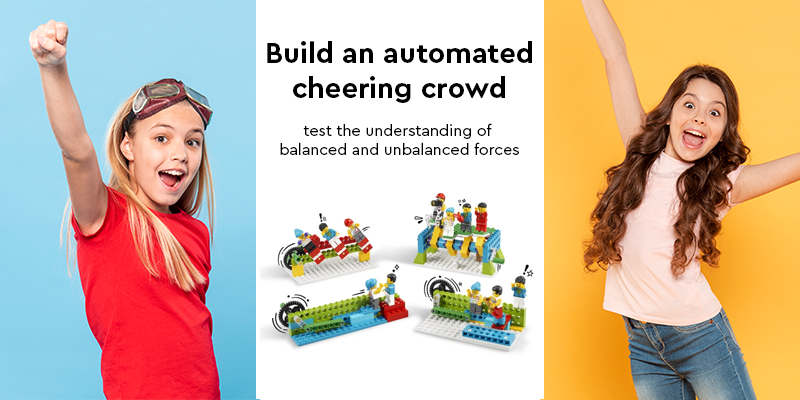




Recent Comments